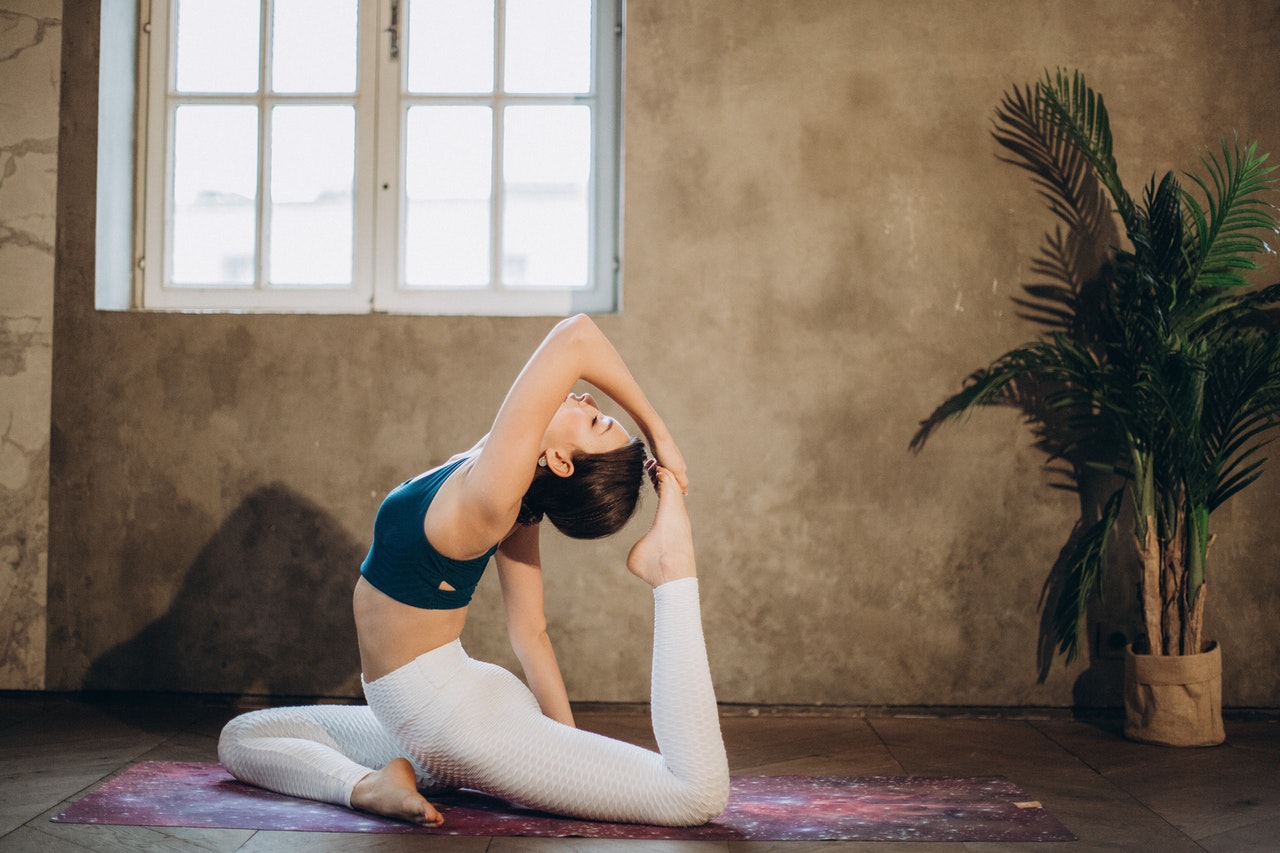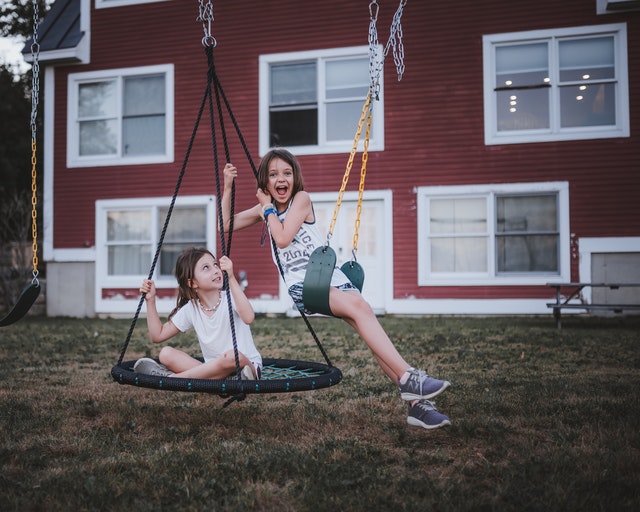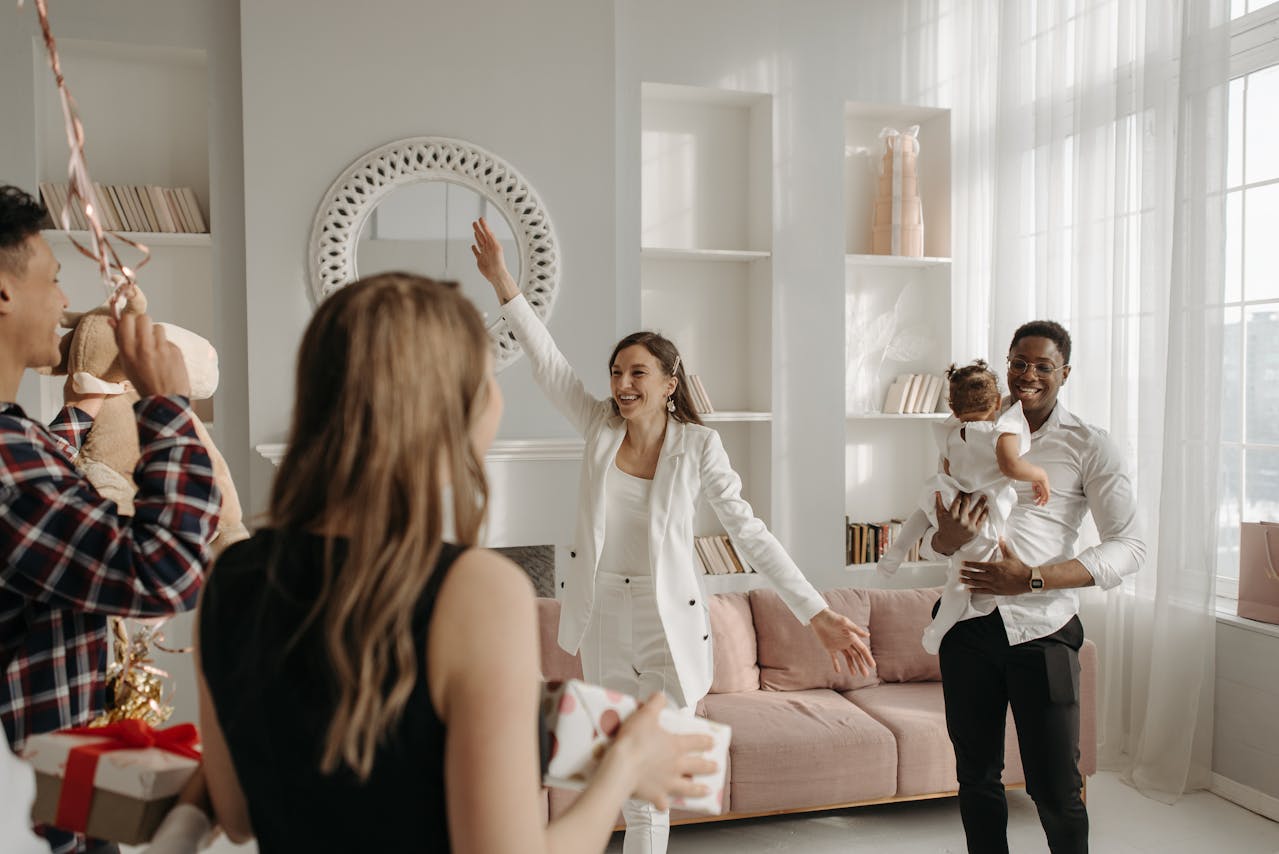For a lot of us, lighting is something normal in our interiors. This occurs when you think of it as a practical detail of the room rather than adding aesthetic value. When it’s done right, lighting is an essential element that brings your design to the next level. This ultimate lighting guide from our experts gives you all the info you need to light every room in your home effortlessly.
The key to a good lighting plan is a layered approach that combines four types of light: Ambient, task, accent and decorative lighting. Here’s how to use all four to make your home shine.
Read these tips and keep them close at hand. You never know when you may need to tweak your home’s existing lighting, change a fixture, build a new layout from scratch or even see which energy-saving alternative will work out best for you.
Does energy consumption change with smart lights in comparison to regular bulbs?
What advice would you give for a home with no natural light?
Our advice would be to do the floors in a light and neutral color. Also, to use a flooring product that can be waxed. Applying a high gloss wax over the light colored floors will allow the light to be reflected back into the room and help brighten it, while making the floors look rich. Another suggestion would be to use doors with as much frosted glass in them as you can. The frost will ensure privacy while the light from each room is able to flow through.
Earl Choate from Concrete Camouflage
What would you say are the pros and cons of recessed lighting?
Different levels of light are required in a space. Rooms require table lamps, floor lamps, desk lamps, and sconces: light at the human level..On the ceiling, a chandelier, flush mount, or pendant can be a statement piece and also add ambient light.
Are there any disadvantages for energy efficient bulbs?
No, energy efficient bulbs are a great option to have at home. They’re easy and safe to install, dimmable, use them as SMART choice and are long-lasting,
Unlike traditional lighting sources that fail under extreme conditions, LED fixtures can be built to resist vibration, wind, rain, drops, shocks, and even sub-zero temperatures. The reason behind their longevity is their robust design and durability. LEDs also have heat diffusers and accurate electronic power supplies (drivers), which prevent overheating issues.
If you are considering a lighting upgrade project, LEDs offer many benefits over older types of lamps. LED lighting is energy efficient, long-lasting, and compatible with mobile devices and smart home systems. To ensure the highest efficiency and safe operation, it’s always best to look for professional guidance for electrical installations.
Ravindra Ambegaonkar from NY-Engineers
How can I use exterior lighting to highlight the features of my home?
When we look at exterior lighting we try to draw the eye to the natural architecture of a building or the features in the garden. Rather than flooding everything with light, playing with light and shade is key. With a house project we like to use in ground up-lights with a recess baffle and anti-glare louvre. These are positioned to shine up pillars (if you have them) or between windows to draw attention to the natural features of the building. This moody effect not only gives you the lighting where it is needed, but also looks great without being too overpowering.
Chris Linturn from Darklight Design
Would you recommend warm light bulbs over cool light bulbs, or vice versa?
When it comes to your home, warm light bulbs are typically preferable over cool light bulbs. Warm light bulbs create a cozy atmosphere, which you want as you’re curled up on the couch in your living room. Cool lights would be good for something like a garage, business, or hair salon.
Catherine Collins Alford, from TrendyMoney
How can color lighting have an effect in interior design?
Colored lighting can completely shift the mood of a space in a way stationary furniture and decor can’t, which creates a dynamic, multifaceted effect. Think of it this way – colored light can be used as a centerpiece (by illuminating an entire space with an LED bulb in a pendant lamp) or as a highlight (by placing an LED strip underneath your entertainment unit to subtly accentuate it). Add in the additional element of endless RGB options (do you want rich amber to evoke the feeling of calm, or will you choose vivid purple for creativity and fun?) and it becomes clear why colored lighting is an invaluable element to interior design.
Brian Seitz from LIFX
What is your advice for achieving an even layer of illumination in a big room?
Really depends on the type of room, for instance, in a warehouse-like empty space with vaulted ceilings and evenly painted walls and coated floors, diffused drop lights spaced appropriately for the type of fixtures used and the architecture of the room to reduce hot spots can very easily produce a uniform distribution of light. In a smaller space like a large living room, the color of the walls, furniture placement, and even the flooring material can have a huge effect.
Within smaller spaces (and without considering natural sunlight), carefully calculated and layered light by combining ambient light from valence or cove strips that reflects off of the walls and ceilings, diffuse right angle light from recessed cans or uprights, and accent lighting to highlight unique architectural or spacial elements will be critical to achieve an even layer of illumination in any room.
T Zhu, from Tellus App
Can lighting features increase my home’s value?
Yes, having high quality light fixtures in your home can increase your home’s value. One of the most popular home upgrades is to add recessed lighting to a living room or kitchen. But, even something simple like changing out dated light fixtures for modern ones can help your home appear more updated and thus, potentially sell for a higher price.
Catherine Collins Alford, from MillennialHomeowner
What advice would you give for using ambient lighting in a home?
A common pitfall we see is not using enough downlighting. Many ambient light fixtures are directional which leaves little light to fill the room, this is where dimmable recessed lights can do the trick by giving you full control of the ambience.
Vitaliy Vinogradov, from Modern Place
Which lightbulbs would work best for the dampness of a bathroom?
Bathrooms typically have the highest humidity and greatest potential for exposure to water in any room in the house. All TCP LED lightbulbs are tested by Underwriters Laboratories, most commonly referred to as UL, which is an independent lab that tests products for safety. TCP LED lightbulbs are all certified by UL as Damp Location Rated meaning they are safe to be used in humid environments. They, like any lightbulb, should not be directly exposed to water. So, any A19 general service light bulb, BR30 for recessed cans, or G25 Globe for bath vanities will work.
Sharon Gallagher from TCPI
What is the biggest advantage of diffuse illumination?
The most significant advantage of diffuse lighting is that it can evenly illuminate a large area of a room. And, you’ll feel comfortable and have less glare when using diffuse lighting. It softens shadows by reducing glare and works best by minimizing imperfections and wrinkles, embodying the natural beauty of furniture colors and materials. Diffuse lighting is a great option if you want to create a warm atmosphere with cozy lighting.
Joe Lau from Sofary
What type of lighting is best for under cabinet and why?
Under-cabinet lighting is a must-have in kitchens today. It’s something you’ll use every day while adding long-term value to your home!
When it comes to under cabinet lighting, we want a “task” oriented light fixture. Under cabinet areas need to be properly illuminated with ample amounts of light for cooking, meal prep, making coffee, doing dishes, etc.
That said, the best type of light for under cabinets is a rigid linear light fixture. These are also commonly called stick lights. This style of light provides an even source of illumination with the most “task lighting,” which is ideal for those kitchen activities. Linear lights are available in a range of styles, lengths, wattages, and LED color temperatures. Don’t worry; you can also daisy-chain multiple fixtures or connect them side-by-side.
When selecting your light fixture, remember LED lights with wide 90+ degree beam spreads, high lumen outputs, and frosted lenses are recommended for under cabinet applications.
Here are some helpful tips when choosing an under-cabinet light:
- The task being done always dictates the style of the light fixture
- Light spread should go from the backsplash all the way to the edge of the countertop
- Lights should be placed in the middle or near the front edge of the underside of cabinets
- Lights should have a frosted lens or diffuser to eliminate diode reflections or “hot spots” on countertops
Corey from Lighting Access
How do you choose the right style and placement for kitchen island lights?
Choosing the right kitchen island lights is all about finding the perfect balance between style and function. Good lighting is essential for food prep, making sure you can see clearly while chopping, slicing, or measuring ingredients. But beyond that, the right lights can totally transform the vibe of your kitchen—whether you want it warm and welcoming for family dinners or sleek and modern for hosting friends.
There’s no shortage of styles to choose from. Industrial-chic designs are trending, offering minimalist, edgy looks, while flush-mounted fixtures are making a comeback in kitchens with lower ceilings. Contrast is always a winner—think dark fixtures against a light backdrop for a stunning visual pop. And brass is back, but in a softer, more elegant way, often paired with matte black finishes for that perfect touch of character.
As for placement, aim to hang pendant lights 30-36 inches above your countertop. Spacing matters, too—divide your island length by the number of lights plus one for even distribution. Don’t forget to consider proportion; your lights should match the scale of your island.
Lastly, layering your lighting with ambient and accent fixtures ensures a well-lit and versatile space. The right lights should light up both your kitchen and your heart.
Lighting plays a critical role in shaping the ambiance and functionality of your home. By layering different types of lighting—ambient, task, accent, and decorative—you can transform any space to suit your needs and design preferences. From energy-efficient smart bulbs to mood-enhancing colored lights, modern lighting offers numerous ways to enhance comfort, style, and even home value. Whether you’re updating fixtures, incorporating recessed lighting, or planning for smart lighting solutions, this expert’s insights will help your home shine in the best light possible.




